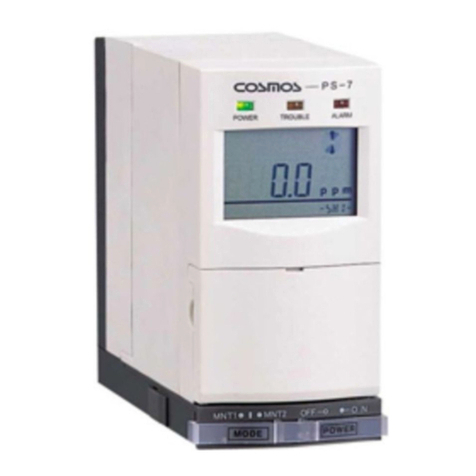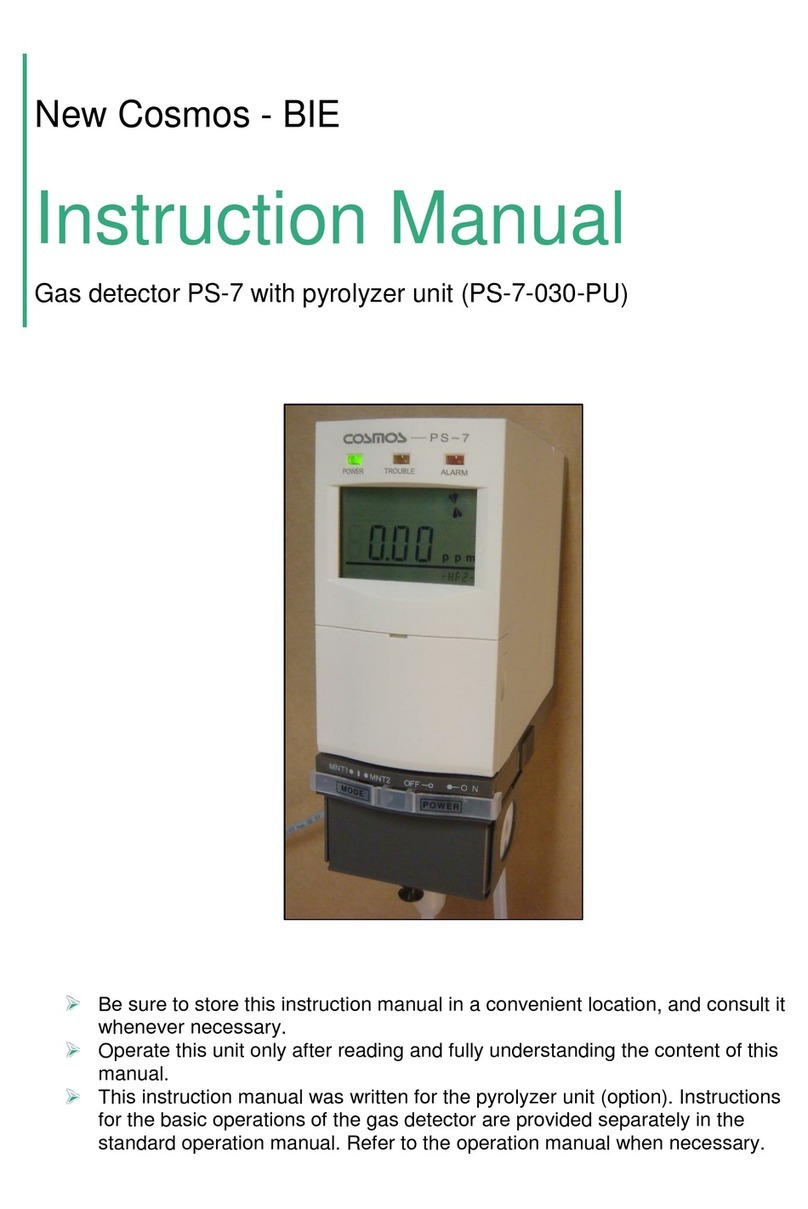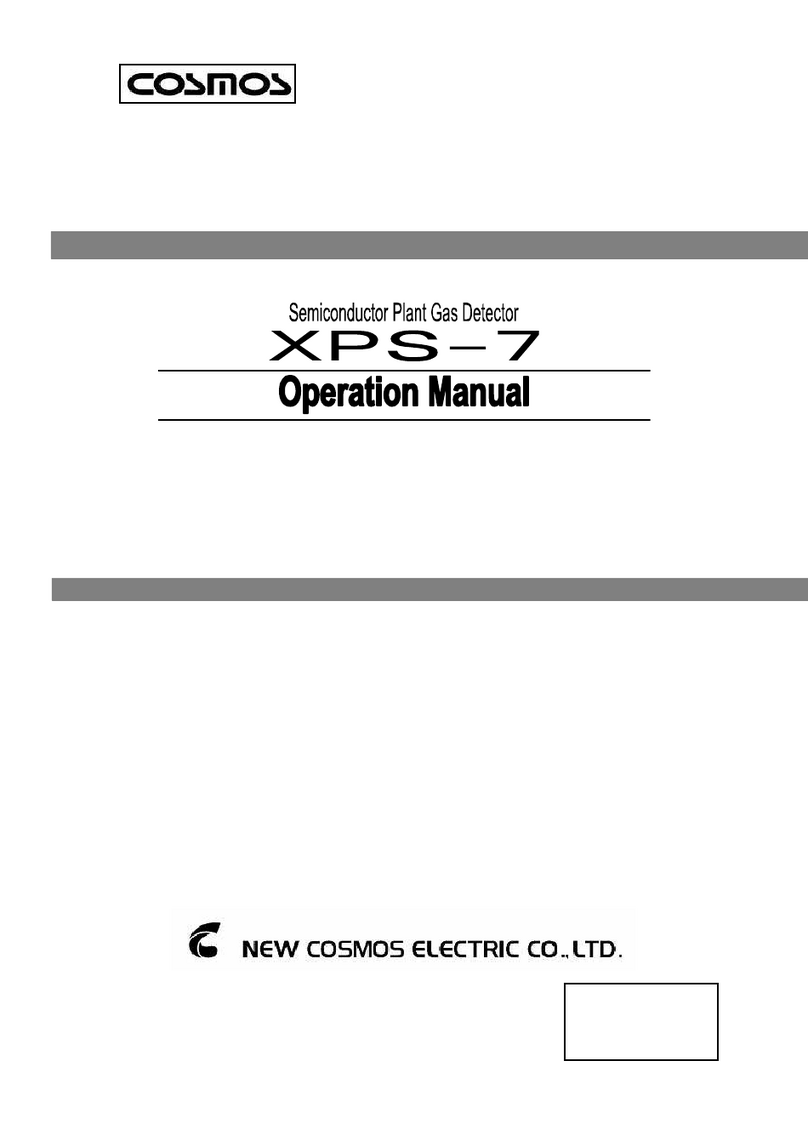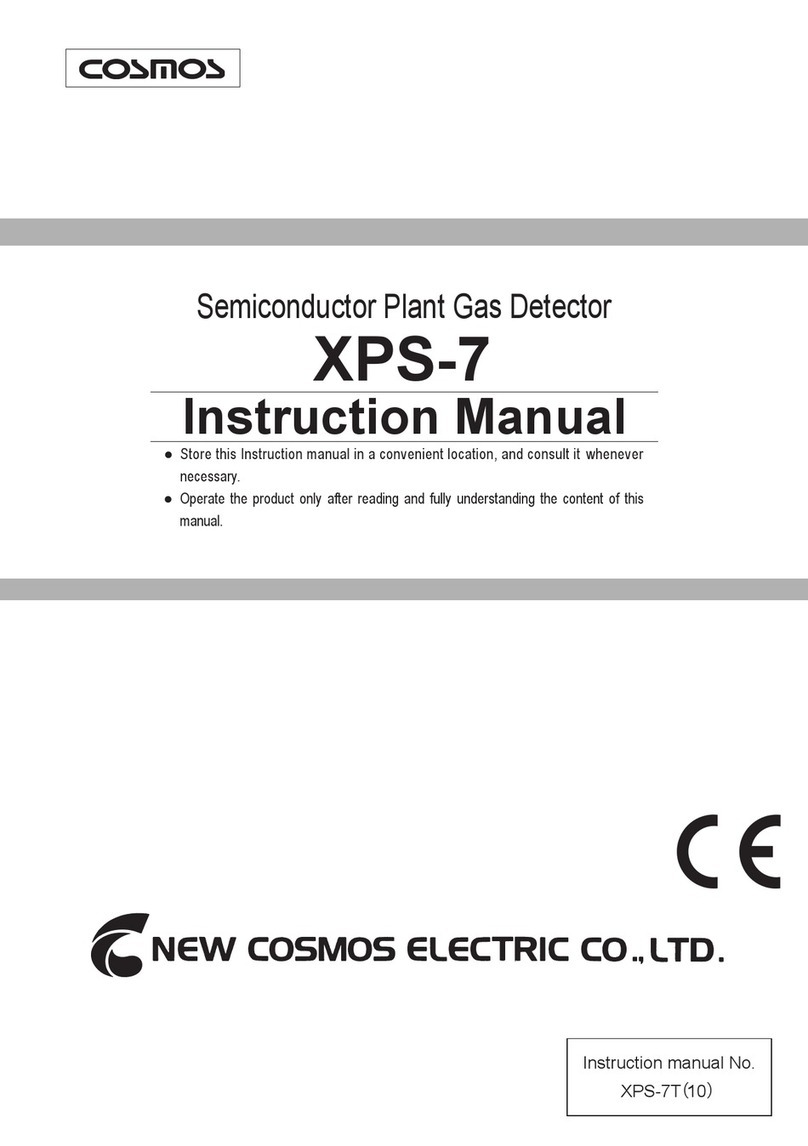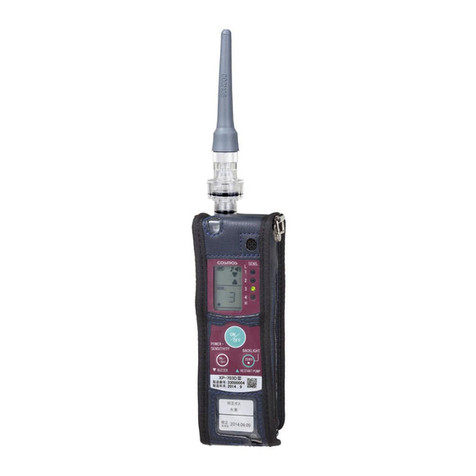Table of Contents
-Included in this Package -................................................................1
1. Introduction............................................................................................2
Symbols ...................................................................................................2
Safe Operation.........................................................................................3
2. Part Names and Functions....................................................................4
3. Operating Procedure.............................................................................7
Operating Procedure................................................................................7
Displaying the Target Gas Name............................................................12
Changing the Target Gas .......................................................................13
Silent Mode (No Operation Sound)........................................................13
Deactivating the Alarm Buzzer...............................................................14
Lighting the Backlight.............................................................................14
4. Error Displays (Error Alarms).............................................................15
5. Replacement of Consumable Parts....................................................16
Filter Element Replacement...................................................................16
Dust Filter Replacement.........................................................................17
Battery Replacement..............................................................................18
6. Maintenance Check .............................................................................19
Daily Check............................................................................................19
Periodic Inspection.................................................................................19
Consumable Parts, Replacement Parts, and Options............................20
7. Troubleshooting...................................................................................21
8. Warranty...............................................................................................22
9. Specifications ......................................................................................23
10. Detection Principle ............................................................................24





